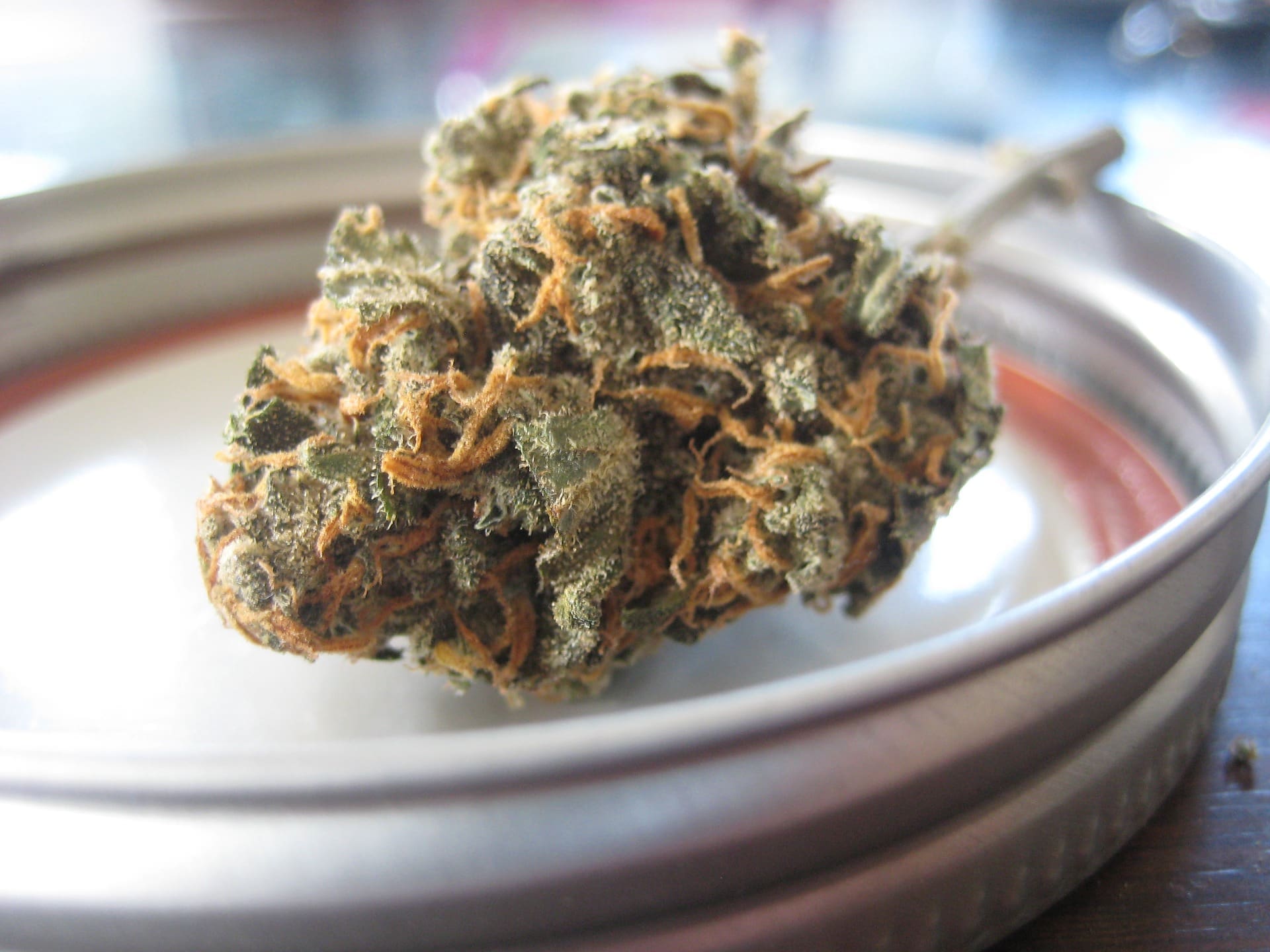Science & Health
After Legalizing Marijuana, Colorado Saw ‘Significant Decrease’ In Opioid Prescriptions, Study Finds

Since Colorado legalized recreational marijuana, the amount of opioid prescriptions for pain fell significantly compared to two states where access to cannabis for adult-use is still illegal, a new study finds.
While a robust body of research has demonstrated a link between legal access to medical marijuana and lower use of opioids, less is known about how broader adult-use laws affect the prescribing rates of pharmaceuticals used for pain management. Researchers at the Geisinger Commonwealth School of Medicine and the University of New England were interested in addressing this gap in the literature.
For their analysis, they chose to compare Colorado with Maryland and Utah based on the fact that those two states are similar to the first-to-legalize jurisdiction in different ways: While Maryland has similar demographics in terms of population size, home ownership, education level and uninsured rates, Utah was the most geographically similar state with comparable Body Mass Index and median household income.
According to the study’s findings, which were pre-published on bioRxiv earlier this month and have yet to be peer-reviewed: “Colorado had a larger decrease in opioid distribution after 2012 than Utah or Maryland. Therefore, marijuana could be considered as an alternative treatment for chronic pain and reducing use of opioids.”
“There has been a significant decrease in the prescription opioid distribution after the legalization of marijuana in Colorado.”
Using data from a federal program managed by the Drug Enforcement Administration to keep an eye on the distribution of certain narcotics, the study’s authors looked at the prescription rates from 2007 to 2017 for nine opioid pain medications (oxycodone, fentanyl, morphine, hydrocodone, hydromorphone, oxymorphone, tapentadol, codeine, and meperidine) and two medications used to treat opioid use disorder (methadone and buprenorphine) in the three states. For a baseline comparison, they converted the amount of each drug distributed into what the equivalent would be in a dose of oral morphine in milligrams (MME).
According to the study’s analysis, Maryland had the highest amount of total pharmaceuticals distributed during the study period: In 2011, the weight of all 11 opioids peaked at 12,167 kg MME. That amount was more than twice the weight determined in Colorado and Utah, which peaked at 5,029 kg MME in 2012 and 3,429 kg in 2015, respectively. The two narcotics distributed the most in all three states were oxycodone and methadone.
When researchers looked specifically at medications prescribed to help people who misuse opioids—that is, methadone and buprenorphine—they found Utah had cut back by 31 percent over the study period. Colorado and Maryland both increased these prescriptions by 19 percent and 67 percent, respectively.
For pain medications specifically, Utah had lower rates in every year and in every drug compared to Colorado. However, its prescription rate increased by almost 10 percent over time. Meanwhile, Colorado’s prescribing rates decreased by approximately 12 percent during the decade studied, while Maryland saw a decrease of 6 percent.
“This finding was particularly notable for opioids indicated predominantly for analgesia such as hydrocodone, morphine and fentanyl.”
“Colorado and Maryland experienced an overall decrease in opioid distribution, but Colorado’s decrease was larger,” the study states. “While the nation as a whole was experiencing a decrease in opioid distribution, it was promising that Colorado’s greater decrease gives consideration to the potential impact of recreational marijuana.”
It’s unclear why Colorado saw such a significant drop in prescriptions for pain medication, but it’s hard to ignore the fact that Colorado legalized marijuana for adult use in 2012. Recent research also shows that many customers purchase marijuana from recreational dispensaries for the same reasons medical cannabis patients do: to help with pain and sleep.
There may be other variables at play, however, including guidelines issued by the Centers for Disease Control and Prevention in 2016 to address prescribing narcotics for chronic pain, the study states. Additionally, Maryland lawmakers passed a medical cannabis law in 2013, while Utah voters didn’t approve medical access until 2018.
Importantly, the authors say that lawmakers “have the duty” to consider other options to address the opioid crisis, including “marijuana as a treatment option for chronic pain.”
“If there is an initial reduction in opioid distributions in states with recreational marijuana laws, it is conceivable that opioid misuse, addiction, and overdose deaths could also fall,” they conclude. “Therefore, it may be time to reconsider the practice of automatically discharging patients from pain treatment centers for positive marijuana screens, considering this use might actually reduce their overall opioid use.”
Patients Are Substituting Marijuana For Addictive Pharmaceutical Drugs, Two New Studies Show




